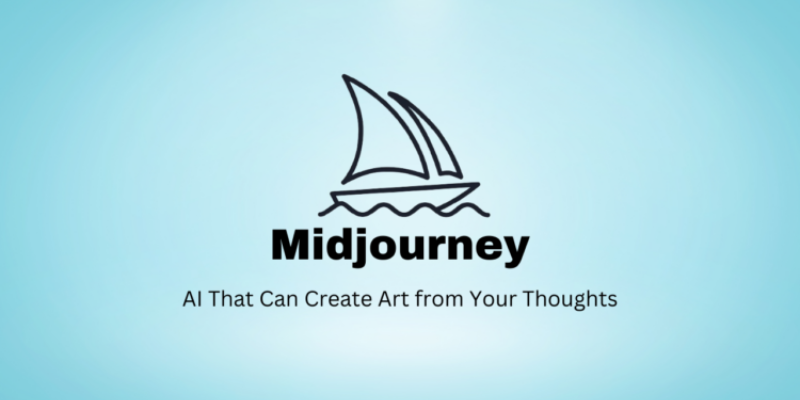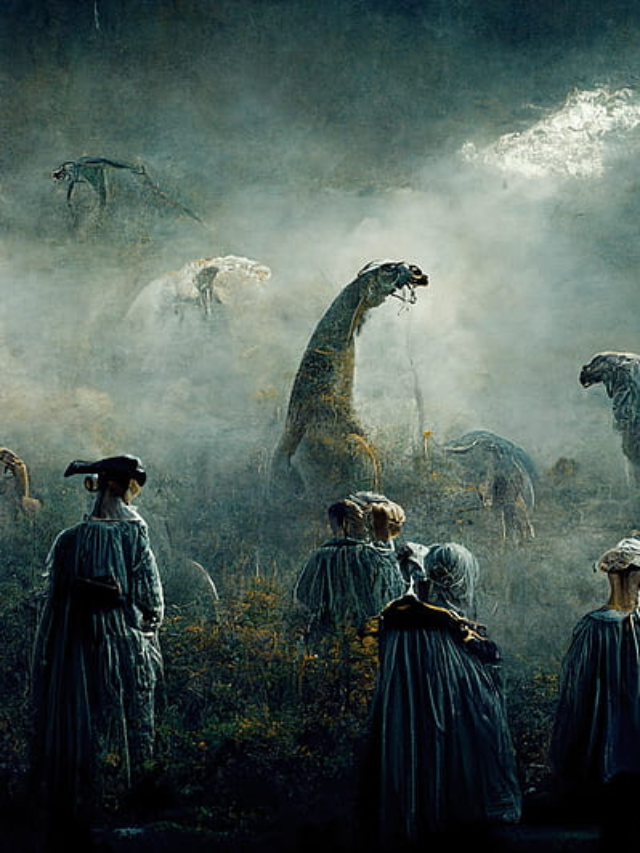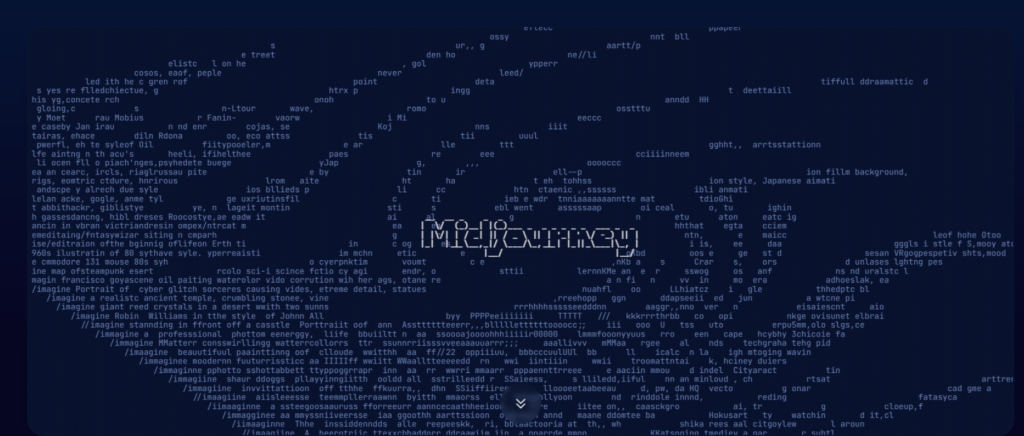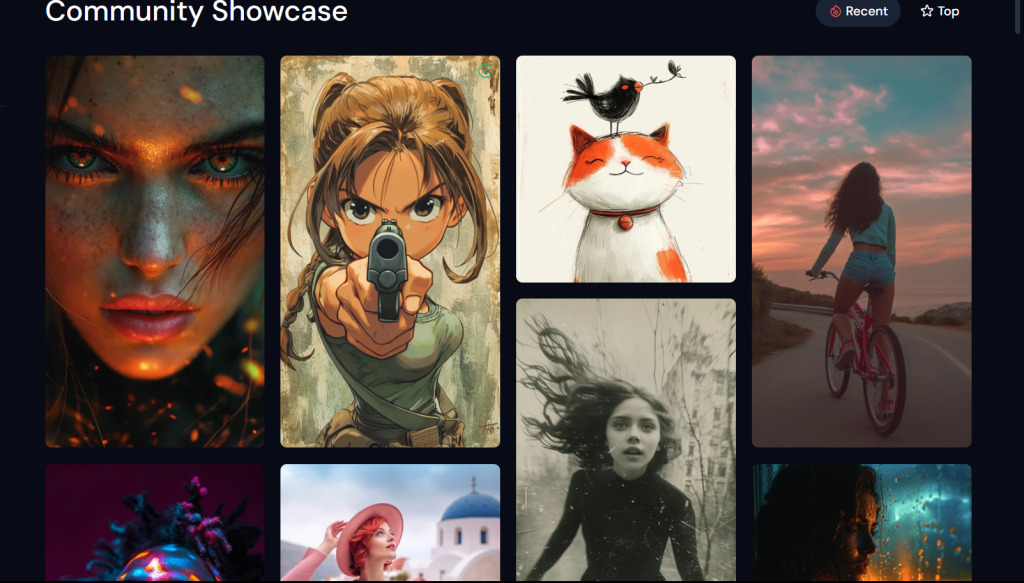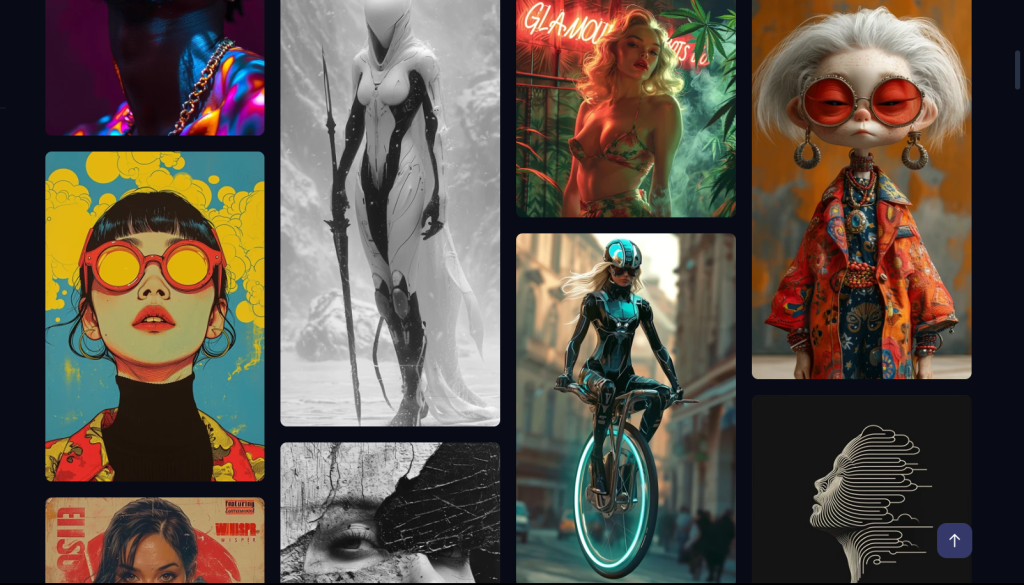In the era of artificial intelligence, Midjourney emerges as a beacon of innovation, offering a generative platform that transforms natural language descriptions into compelling images. This innovative technology, created and hosted by the independent research lab Midjourney, Inc. in San Francisco, has acquired a lot of momentum since being live in open beta on July 12, 2022, which is a significant day in the field of artificial intelligence.
About Midjourney AI
Under the direction of David Holz, a co-founder of Leap Motion, the Midjourney team has improved the platform’s algorithms in addition to bringing it into profitability. The journey progresses via multiple model iterations, each revealing improved features. From the initial release of Version 1 in February 2022 to the newest alpha version of Version 6 in December 2023, Midjourney has constantly pushed the frontiers of image generation.
Currently, users can access Midjourney’s functionality through a Discord bot, which provides a distinctive artistic experience. Users can easily make art by giving instructions, obtaining a set of four images, and choosing which ones to upscale with commands like /imagine. The platform’s wide range of commands, such as /blend for image blending and /shorten for quick refinement, demonstrate its dedication to improving user experience.
David Holz, the company’s founder, views artists as clients rather than rivals and uses Midjourney to quickly prototype creative ideas. However, this viewpoint has generated discussions among artists, with some charging Midjourney with undervaluing unique creative work. In order to resolve issues, artists can request that their work be removed from the training set if they believe there has been copyright infringement thanks to Midjourney’s DMCA takedown procedure, which is included in the terms of service.
Midjourney and Copyright Claims
As a result of a circulating list that claimed to have used 16,000 artists’ works—including well-known figures like Andy Warhol and Frida Kahlo—to train its AI picture generator, Midjourney encountered a wave of controversy in 2024. The list, which was a component of a class-action lawsuit filed against DeviantArt, Stability AI, and Midjourney, revealed a large database with artists, genres, and time spans. Interestingly, it featured Magic the Gathering contributors like six-year-old Hyan Tran, whose artwork was developed for a 2021 Seattle Children’s Hospital fundraiser.
Artists expressed their concerns after the disclosure, with Riot Games’ Jon Lam posting photos of Midjourney developers debating the database’s creation. The dispute developed in the context of a court case in which a judge determined that an image produced by Midjourney was not entitled to copyright protection.
Some became concerned for their job prospects as a result of the controversy over the morality of utilizing artists’ creations without their consent. Researchers’ attempts to create instruments that help artists prevent their creations from being uninvitedly included in AI training datasets were further spurred by this topic.
Furthermore, debates concerning the moral implications of AI-generated content have been sparked by the platform’s realistic output, which is best illustrated by a widely shared picture of Pope Francis wearing a puffer jacket. Research reveals possible prejudices in the photos produced by Midjourney, prompting concerns about the duty of AI creators to minimize unexpected outcomes.
Midjourney’s approach to content moderation changes along with it. The platform is moving from a word-based system to an AI-driven content moderation mechanism, with the goal of enabling context-dependent utilization of potentially sensitive prompts and nuanced interpretation.
Read Also:

